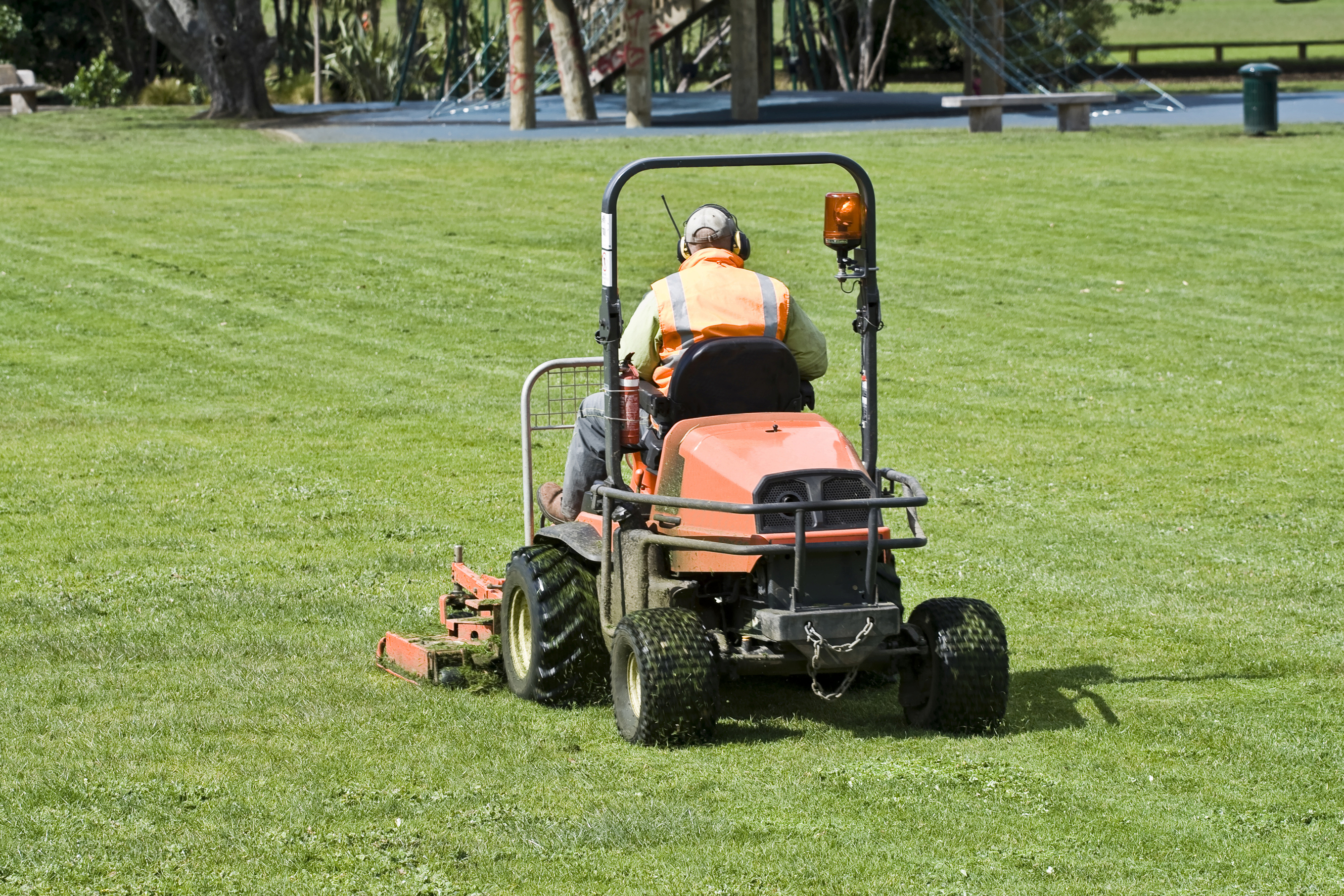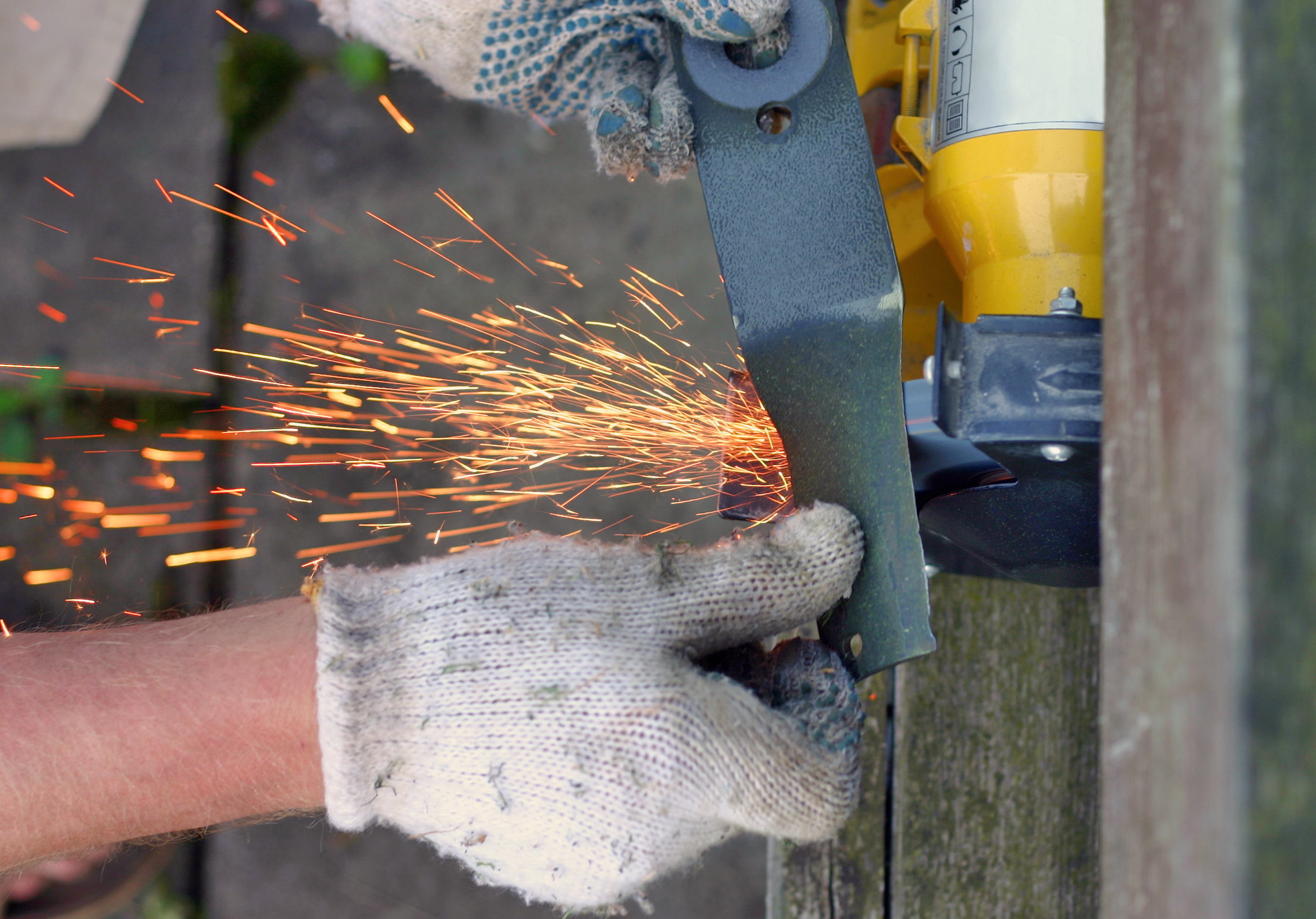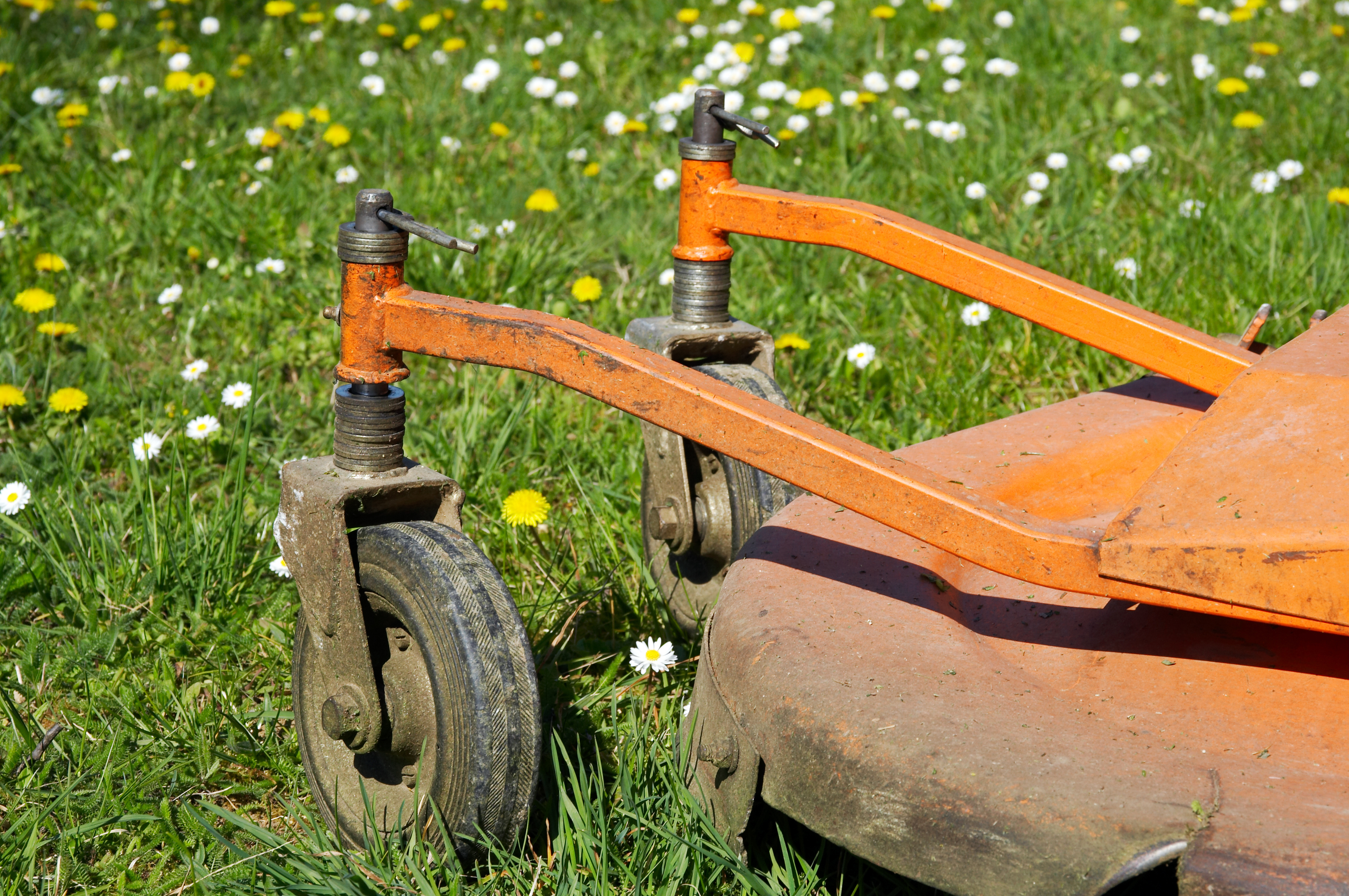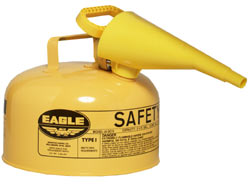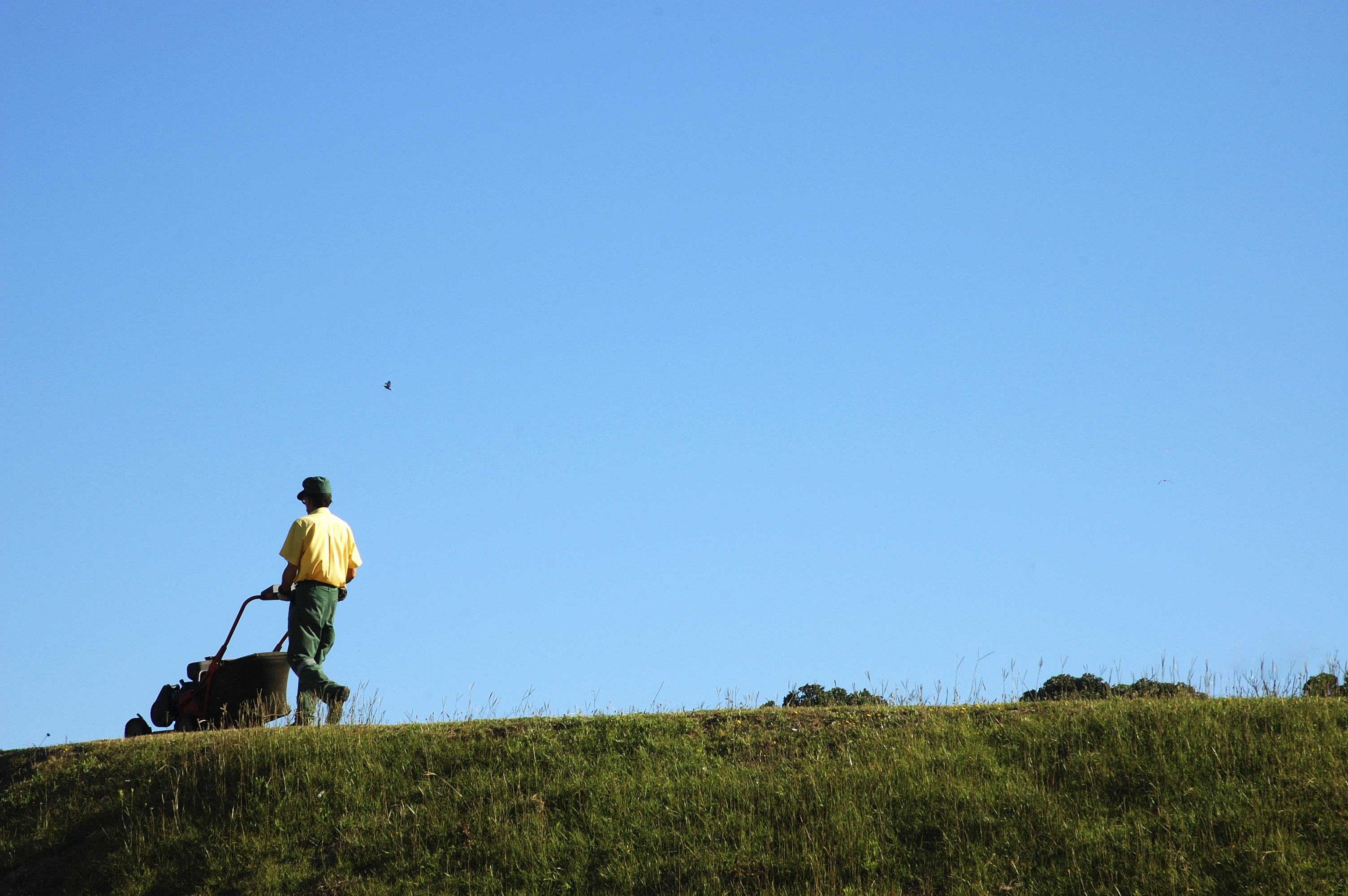Each year 74 deaths occur and 25,000 people receive emergency treatment as a result of riding lawn mower activities, according to the U.S. Consumer Products Safety Commission. Using mowers at work is quite different from using them at home. On the job we often work at a different location each week.
Check it out
All operators should read the instructions and safety advisories in the operating manual and follow these instructions carefully. Check the engine oil, radiator water if applicable, and other lubricating fluids. Make sure that pulleys, drive belts and guards are in good condition and properly positioned.
Make sure the guards are in place and all safeguards are working properly. Inspect the cutting blades under the deck to be sure they are sharp. Never reach under the equipment unless the engine is off and the key is removed. Remove all defective equipment from operation immediately. Document any unsafe conditions and all corrective measures taken during the daily inspections.
Take a walk or ride
Make a careful check of the area that you plan to cut. If it is a very large area, have one of your employees take a ride over the area without cutting to check for debris or hidden objects. Avoid insect hazards like bee, wasp and ant nests. Areas that have poison ivy or poison oak should not be tackled with a mower.
Getting started
Start a riding mower tractor while in the driver’s seat and only when the transmission is in neutral and the brake is on.
All operators should read the instructions and safety advisories in the operating manual and follow these instructions carefully. New operators should receive instruction in how their specific mower operates, see a demonstration and be given a “trial run.”
Fueling
Have a fire extinguisher readily available whenever flammable liquids are being dispensed. Never fuel a hot engine. Allow it to cool first. Use approved safety cans for dispensing of flammable liquids. These cans are equipped with spring-loaded lids and flame arrestors to prevent the spread of fire. Unapproved cans that are not full are more dangerous than full cans since the flammable vapor volume has been increased.
Always use a metal funnel when transferring fuel. It bonds the fuel container to the metal fuel spout on your equipment. Static electricity is created when pouring flammable liquids from one container to another. Bonding and grounding are needed to prevent sparks and static electricity from igniting flammable vapors. The hazard is reduced creating a ground connection between the fill container and the equipment.
Dress for the part
Safety shoes, safety glasses, gloves and ear plugs are required. Use high visibility vests when working near traffic. Sandals, tennis shoes or bare feet are not allowed. Train employees to wear clothing that fits closely enough so it won’t snag on moving equipment but will be loose enough to allow for cooling body heat. Eliminate additional exposures by prohibiting jewelry or dangling clothing, hair, wraps, etc.
Traffic
Avoid mowing medians and areas of vehicular traffic except when the traffic volume is low, such as mid-morning. Parks should be targeted for times when visitor traffic is low. If anyone, including coworkers, comes near you when mowing, stop mowing or if necessary, turn off the engine until they move to a safe distance.
Mowing slopes
Slopes deserve special precautions. If at all possible, move up and down the slopes as opposed to horizontally. Follow the manufacturer’s designated maximum safe slope for the lawnmower being used. To allow a safety margin, best practice is to instruct employees not to operate a riding mower across a slope that is greater than 10 degrees. Never mow on slopes when the grass is wet.
After mowing
Clean the mower at the end of each shift. Perform routine maintenance on the equipment, using the manufacturer’s recommendations as a guide. This will improve longevity and assure a safe running piece of equipment. Document and retain all maintenance and repair information for each piece of equipment.
For more information on mowing safety, check out Commercial Lawn Mower Safety, a video available in VML Insurance Programs’ Multimedia Library, free for eligible members.
VMLIP offers more than just coverage. We are partners in risk management. How does your insurer stack up? Having all lines of coverage with VMLIP ensures that your organization is receiving comprehensive coverage and a wide variety of value-added services tailored to Virginia’s local governmental entities. Call for a quote today: (800) 963-6800. For more information on VMLIP visit: www.vrsa.us or follow us on Facebook.
** VMLIP blog postings are offered for VMLIP members to utilize in strengthening their risk management efforts. See copyright information for clarification on sharing this information.



